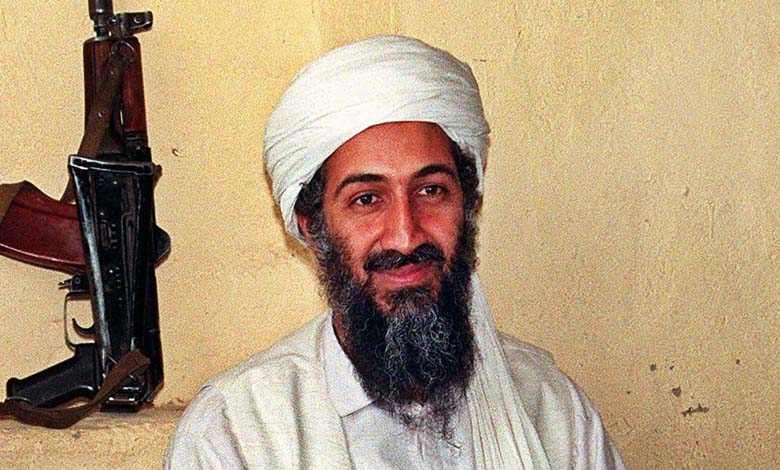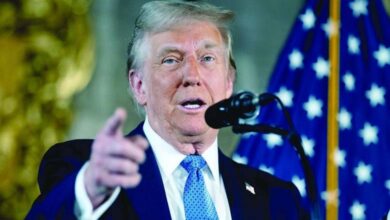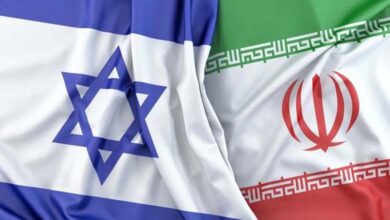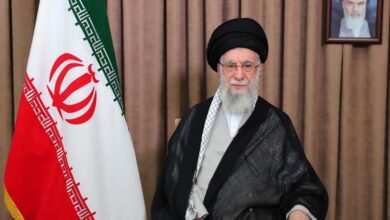“The Messenger of Bin Laden”… A U.S. Intelligence Agency Reveals the Secret Behind the Fall of the Al-Qaeda Leader

For the first time since his death, the U.S. National Security Agency (NSA), known for its extreme secrecy, has revealed details about its role in the hunt for Al-Qaeda leader Osama Bin Laden.
-
Who is Amin al-Haq, Bin Laden’s Associate Arrested in Pakistan?
-
On the anniversary of Bin Laden’s death, is the end near for Al-Qaeda?
Previously known as “the agency that doesn’t exist,” it was shrouded in intense secrecy, to the point where its complex didn’t even have a sign at its gates, according to the Washington Post.
However, the highly cautious spy agency has finally stepped out of the shadows and recently launched a podcast, revealing details of an operation once considered highly sensitive, only documented on paper.
In exclusive interviews with the Washington Post, former NSA officers have, for the first time, detailed their role in the pursuit of Osama Bin Laden.
-
After the announcement of the death of a prominent leader… What do you know about the “Hurras al-Din” organization?
-
Most of Them from Turkey and Syria… The Federal Ministry of Justice Reveals the Number of “Daesh Children” in Iraq
The agency said in the podcast that it was responsible for intercepting calls that identified one of Bin Laden’s aides, leading the CIA to his compound in Pakistan, where he was killed.
John Darby, a retired NSA official, who was tasked shortly after the 9/11 attacks with exploring new ways to track Al-Qaeda’s communications, said in the podcast, “It’s time for the NSA to take some credit,” according to the Washington Post.
-
New Partnership Between Iran and Al-Qaeda… What’s the Story?
-
Al-Qaeda attacks Transitional Council forces in Shabwa
The NSA was the agency responsible for intercepting and analyzing the calls that identified Bin Laden’s key associate, ultimately leading the CIA to his compound.
The main goal of the NSA podcast is to explain the role of SIGINT (signals intelligence) in keeping Americans and their allies safe.
It took two years of eavesdropping by the NSA to identify Bin Laden’s messenger. The agency examined call transcripts, tracked foreign partners, and listened to hundreds of conversations. It also enlisted linguistic experts fluent in Arabic and Pashto to identify Ibrahim Ahmed Said, Osama Bin Laden’s messenger.
-
Washington monitors Houthi discussions to supply weapons to Al-Shabaab
-
Arrest of Al-Baghdadi’s Right-Hand Man in Kurdistan, Arriving from Turkey
An analyst noted that Ahmed Said only sporadically turned on his phone, especially in busy urban areas or on highways in northwestern Pakistan. He seemed unwilling to talk about himself or invite any relatives to visit, even during major religious holidays, which raised suspicions.
The NSA compared audio clips of Abu Ahmed the Kuwaiti to the intercepted calls of Ahmed Said. The main analysis team revisited pre-9/11 data and concluded that the individuals known as Ibrahim Ahmed Said and the Kuwaiti were in Afghanistan at the same time.
By late 2009, the NSA was convinced that Ibrahim Ahmed Said was Bin Laden’s messenger, and they began tracking his phone to help locate him, working in coordination with the CIA. This allowed the agency to determine that Said was still working with Al-Qaeda.
In August, using cell signal data from the NSA, the National Geospatial-Intelligence Agency, which analyzes drone and satellite imagery, identified a massive compound with 18-foot-high walls. A CIA agent, working on NSA signals, tracked the Kuwaiti as he drove from Peshawar, Pakistan, to the compound.
-
Al-Qaeda Prepares to Reorganize in Yemen and Revive Its Operations
-
Who is Saad Al-Awlaki, the new face of Al-Qaeda in Yemen?
On the night Osama Bin Laden was killed in 2011, John Darby was working at a command center in Fort Meade, where he was the head of counterterrorism for the agency.
In the podcast, he explained that he worked through the following night, and when he returned home, he was extremely pleased with the NSA’s success in locating and killing Osama Bin Laden.
-
Saad Al-Awlaqi, New Leader of Al-Qaeda in the Arabian Peninsula: What You Need to Know
-
Taliban Asks Washington to Return Afghan Assets worth billions of dollars
It’s worth noting that on the morning of Tuesday, September 11, 2001, suicide hijackers seized four planes flying over the eastern U.S. simultaneously. They used the planes as giant missiles, with two striking the World Trade Center towers in New York, while the third destroyed the west facade of the Pentagon outside Washington, D.C. The fourth plane crashed into a field in Pennsylvania.
The attacks claimed 2,977 victims, excluding the 19 terrorists.
-
Al-Qaeda releases video attributed to Ayman al-Zawahiri
-
120 Days After Al-Zawahiri Death, Al-Qaeda Has No Leader for the First Time
Less than a month after the attacks, then U.S. President George W. Bush led an invasion of Afghanistan, supported by an international coalition, to eliminate Al-Qaeda.












